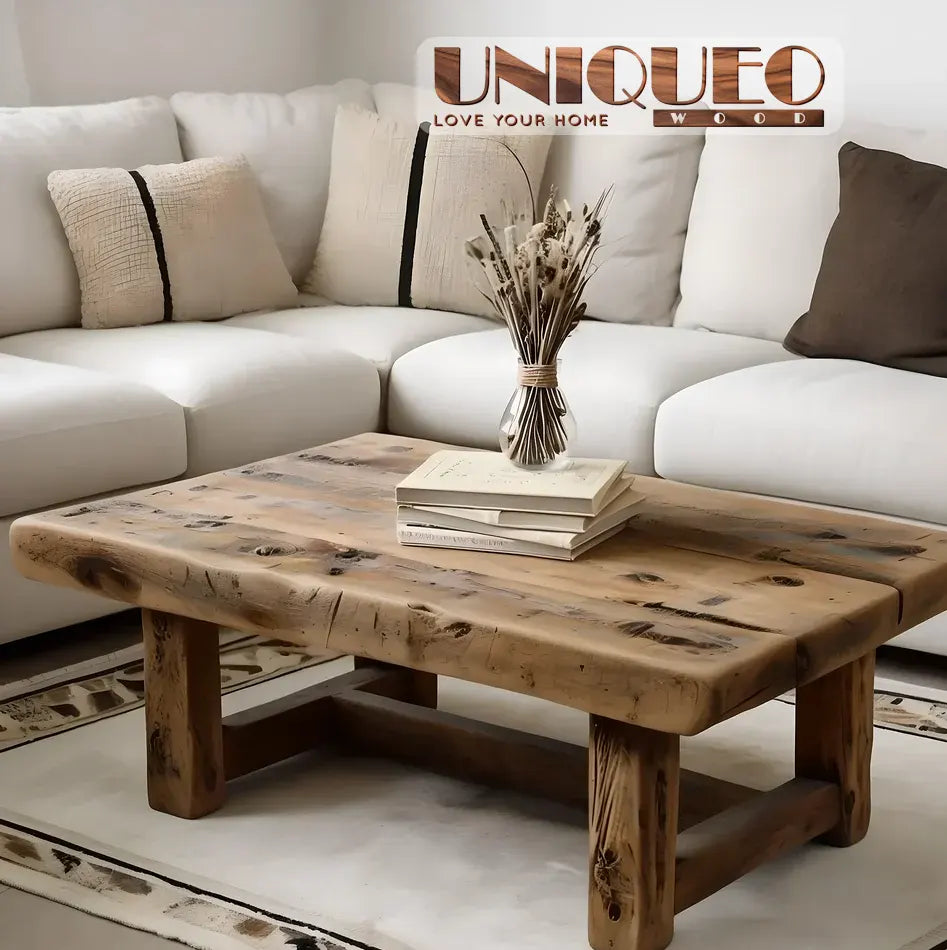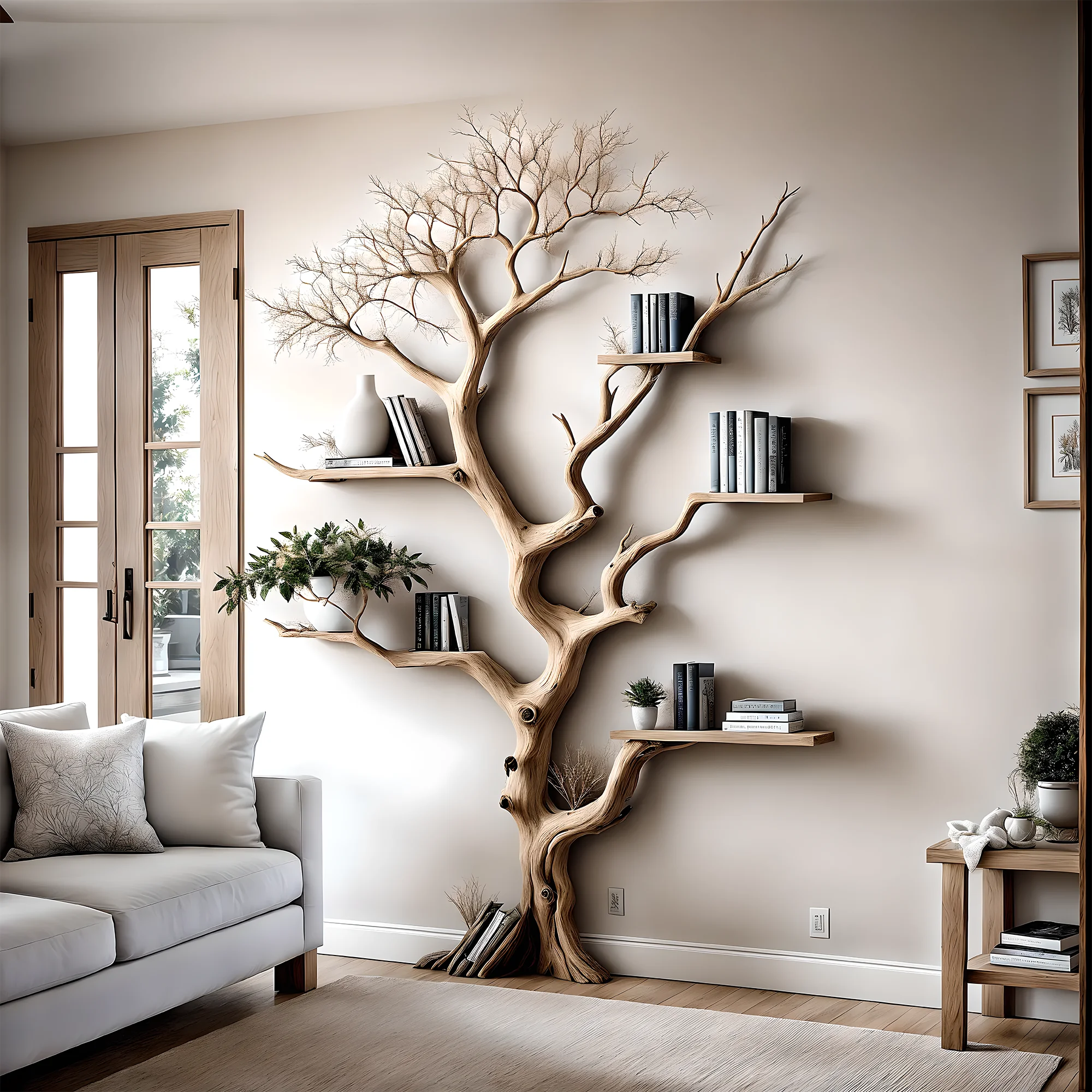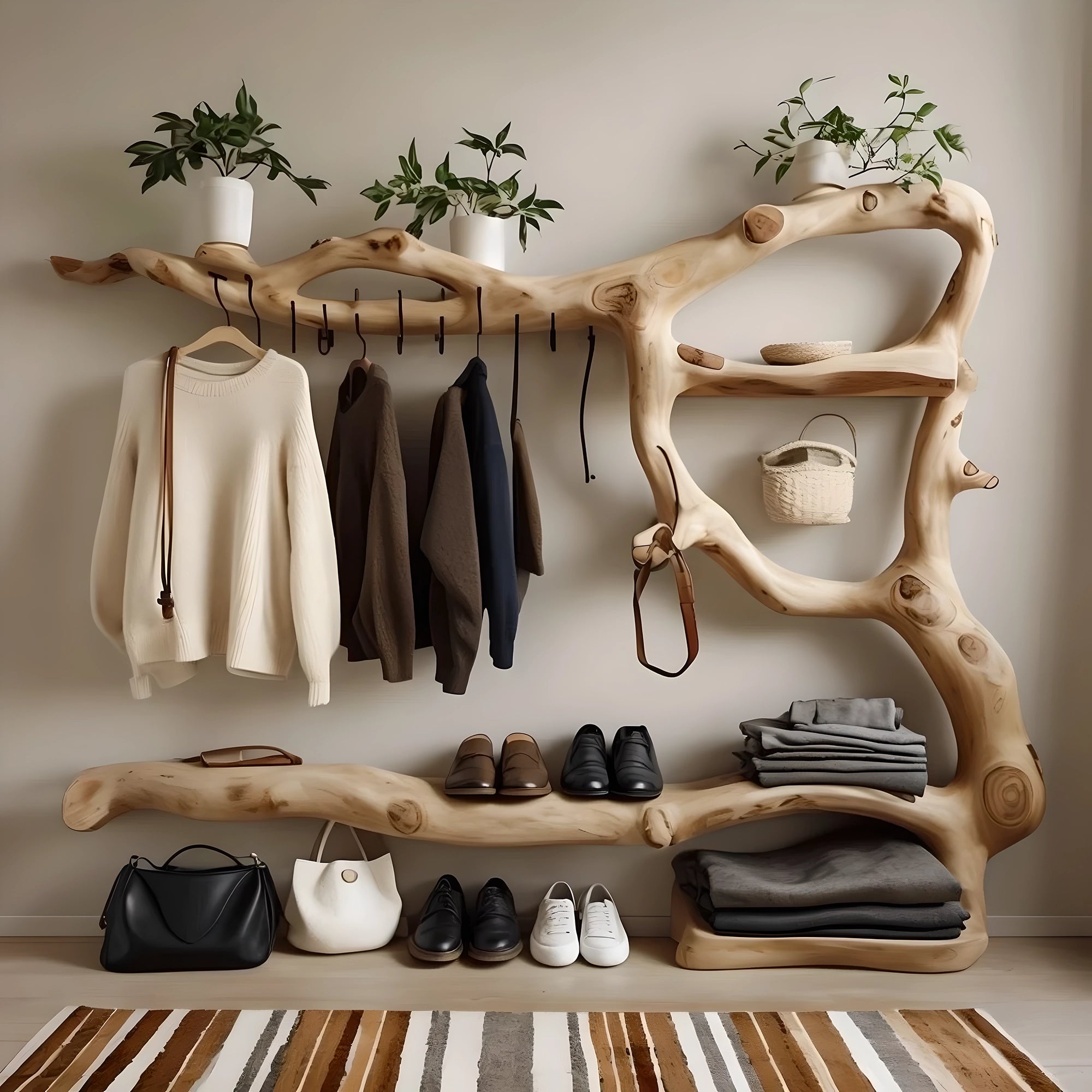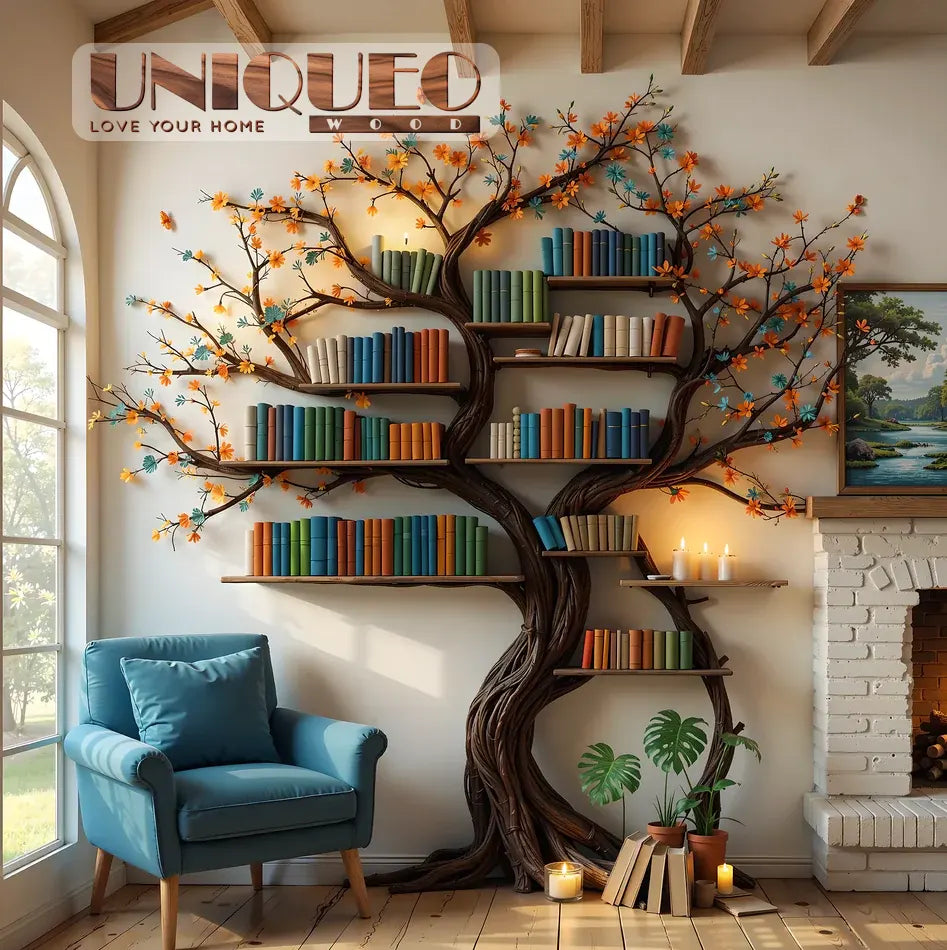
History and development of coffee tables

Coffee tables are not only a convenient piece of furniture but also play an important role in creating a highlight for the living room. With a variety of designs, materials and styles, coffee tables help connect decorative elements in the space, bringing harmony and comfort. Whether you love modern, minimalist, classic or industrial style, a suitable coffee table will highlight your personality, while increasing the aesthetics and functionality of the room.
Origin and initial appearance
The coffee table originated from the tea table – a high table, often used by the European upper class in the 17th and 18th centuries to serve tea. During this period, tea was a popular drink and was often enjoyed in luxurious living rooms. Therefore, the tea table was designed to be high, making it easy for users to reach the teacup while sitting on a sofa.
However, by the end of the 19th century, English designer E.W. Godwin had created a lower form of table that suited the changing layout of the living room. This design was not only aesthetically pleasing but also reflected the change in lifestyle – from formal conversations to more open, casual living spaces. However, the term coffee table had not yet really caught on at that time.

Check it out: beautiful coffee table
Popularity and Formation of the Term "Coffee Table"
By the early 20th century, coffee culture was growing strongly, especially in the US and Europe. Instead of being limited to coffee shops, the habit of drinking coffee had crept into households, becoming an indispensable part of daily life. Along with this change, the need for a low table, suitable for the living room space to place coffee cups, books, newspapers and other small items, increased.
Coffee tables with lower heights make it easier for users to reach drinks when sitting on the sofa, creating a more convenient and relaxing space. The term coffee table first appeared officially in interior design documents around 1920. This was an important milestone in the development of this piece of furniture, making it an indispensable part of Western families.

Check it out: beautiful coffee table
Distinguishing between coffee tables and tea tables
Despite their similar functions, tea tables and coffee tables have distinct differences. Traditional English tea tables are usually taller, used to serve tea at formal parties or for light afternoon conversations. The design of the tea table is classic, with sophisticated carvings, reflecting luxury and class.
In contrast, the coffee table has a lower design, placed in the center of the living room space, creating a more comfortable and intimate feeling. This reflects the shift in consumer habits - when coffee gradually replaces tea as the main drink in social activities. In addition, modern coffee tables also have many extended functions such as storing belongings, displaying decorative items, or can even be folded when not in use.

Check it out: beautiful coffee table
The evolution of coffee tables over time
Through many stages of development, coffee tables are no longer simply a flat surface for placing drinks but have become an important element in interior design. In the early 20th century, coffee tables were mainly made of wood with simple designs, serving the practical needs of users. However, from the mid-20th century, when the modernization movement exploded, coffee tables began to appear with many creative designs, using new materials such as glass, metal, and synthetic plastic.
Entering the 21st century, coffee tables continue to evolve to meet the needs of modern life. Today’s designs are not only functional but also highly artistic. Many coffee tables can be height-adjustable, have built-in storage drawers, or even expandable to serve a variety of purposes.

Check it out: beautiful coffee table
Application of coffee tables in living space
In addition to its decorative and functional role in the living room, the coffee table also acts as a central highlight, helping to harmoniously connect other interior elements. In addition to its main function as a place to place drinks, the coffee table is also used to display books, magazines, decorative items, or even as a temporary desk.
In small spaces, coffee tables can incorporate additional storage compartments, helping to optimize the usable area. Some modern coffee table designs also have flexible moving wheels, making it easy to change position depending on usage needs. In minimalist apartments, coffee tables are often designed compactly with simple lines, creating elegance while still ensuring convenience.

Check it out: beautiful coffee table
Uniqueo – The trusted address for solid wood coffee tables
If you are looking for a luxurious, durable and naturally beautiful coffee table, Uniqueo is the perfect choice. With expertise in designing and manufacturing solid wood coffee tables, Uniqueo is committed to providing products of superior quality, crafted from precious woods such as walnut, oak and tamarind.
Coffee tables at Uniqueo are not only a piece of furniture, but also a work of art, expressing the sophistication and class of the living space. Each product is meticulously crafted, preserving the natural wood grain, helping to create a unique highlight for the living room. In particular, Uniqueo also provides coffee table models designed on request, helping customers own unique products, suitable for their own style.
Conclusion
The coffee table is a piece of furniture that reflects the changes in consumer culture and lifestyle over time. From a design that serves a simple purpose, the coffee table has evolved into an aesthetic and functional symbol in the living space. The diversity in design and materials helps the coffee table meet many different needs, from classic to modern, from traditional to creative.
Choosing the right coffee table not only contributes to enhancing the aesthetics of the space but also shows the aesthetic taste and personality of the owner. In the future, the coffee table can continue to develop with new technologies, such as integrated wireless charging, smart sensors or environmentally friendly materials.






